SOURCE: RAUNAK KUNDE / NEWS BEAT / IDRW.ORG

Solar Explosives, a private Indian defence company, is poised to make a significant contribution to the country’s indigenous missile program. The company has developed two long-range rocket systems and awaits approval from the Indian Army to proceed.
Solar Explosives has taken a commendable step by investing its funds in developing these new missile systems. While this demonstrates the company’s commitment to advancing India’s defence capabilities and potentially becoming a key player in the domestic missile industry, it also hit Army Wall that also has asked DRDO to develop Pinaka III with range that are similar to what Solar Explosives wanted to develop.
Continue readingSOURCE: RAUNAK KUNDE / NEWS BEAT / IDRW.ORG

Airbus and BAE Systems, the makers of the Eurofighter Typhoon, are addressing concerns about the jet’s lifespan in their bid for India’s Medium Multi-Role Fighter Aircraft (MRFA) tender. Speculation swirled after news that the next-generation Tempest fighter jet program could replace Typhoons in Italy and the UK by 2040.
However, Airbus and BAE System officials have informed idrw.org that the Eurofighter will remain operational well past that date, potentially until 2060 not only in the Partner country but also with Export Operators like Saudi Arabia and Kuwait. They emphasize the jet’s adaptability and ongoing upgrades, ensuring its continued relevance in the coming decades.
Continue readingSOURCE: RAUNAK KUNDE / NEWS BEAT / IDRW.ORG
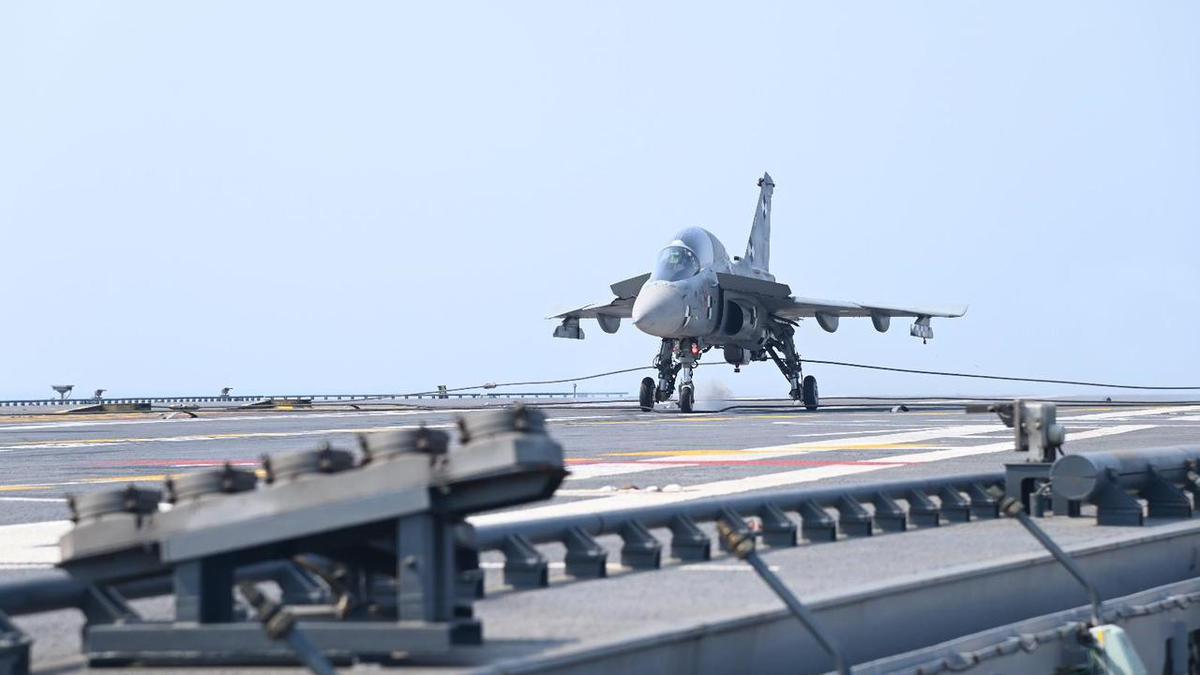
In 2020, Hindustan Aeronautics Limited (HAL) offered its LCA-Navy LIFT (Lead-in Fighter Trainer) aircraft in response to the US Navy’s search for a new trainer jet program. While the Tejas LIFT boasts advanced features, it ultimately fell short of the US Navy’s specific requirements.
The LCA-Navy LIFT falls under a niche category of advanced jet trainers. These trainers offer superior manoeuvrability and more sophisticated electronics compared to their older counterparts. Additionally, they provide training for various air combat scenarios, including air-to-air combat, missile defence, and strike missions.
Continue readingSOURCE: IDRW.ORG.
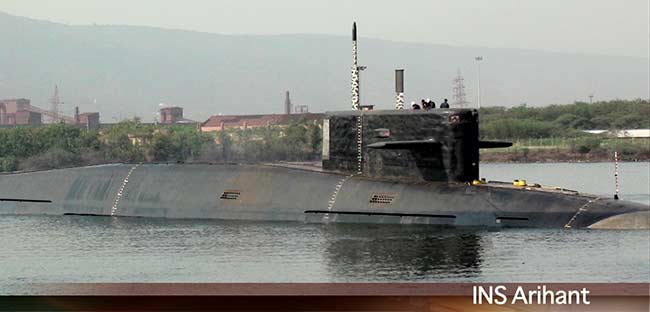
India’s nuclear deterrence capabilities are set to receive a significant boost with the upcoming commissioning of its second nuclear-powered ballistic missile submarine (SSBN), INS Arighat. According to Janes, a leading defense intelligence provider, the commissioning is expected by the end of 2024.
INS Arighat will join its predecessor, INS Arihant, which was commissioned in 2016. This marks a crucial step in India’s development of a credible nuclear triad – the ability to deliver nuclear weapons by land, sea, and air.
Continue readingSOURCE: IDRW.ORG.

A WC-135R Constant Phoenix, a specialized US Air Force aircraft nicknamed the “nuclear sniffer,” was spotted conducting a mission off the west coast of India. While the exact nature of the operation is unclear, it’s likely a calibration flight to ensure the aircraft’s systems are functioning properly.
The WC-135R, nicknamed “Nuclear Sniffer,” plays a vital role in upholding the Limited Nuclear Test Ban Treaty of 1963 by detecting radioactive materials in the atmosphere. Operating out of Diego Garcia, the aircraft likely flew near India’s Kaiga Nuclear Power Plant and the Trombay Nuclear Research Facility managed by Bhabha Atomic Research Centre (BARC) in Mumbai.
Continue readingSOURCE: RAUNAK KUNDE / NEWS BEAT / IDRW.ORG

The United Kingdom has reignited its efforts to bring India on board as a partner in the development of the sixth-generation Tempest fighter jet program. This comes after earlier attempts in 2019. Currently, the UK collaborates with Italy and Japan on the ambitious project, with a target first flight by 2035.
According to sources at idrw.org, both Italy and Japan have expressed a strong desire for India’s participation. Their inclusion is seen as a way to significantly reduce the program’s estimated cost of $32.5 billion.
Continue readingSOURCE: RAUNAK KUNDE / NEWS BEAT / IDRW.ORG

The Indian Air Force (IAF) is hopeful for a breakthrough in the long-delayed Medium Multi-Role Fighter Aircraft (MMRCA) program, also known as MRFA. The proposal, seeking 114 fighter jets, has been in motion since 2018. IAF officials are pushing for a fast-track approach with the issuance of Acceptance of Necessity (AoN) and financial backing later this year.
However, an IAF source, speaking anonymously to idrw.org, expressed concern about the government’s delays. The source emphasized the criticality of acquiring new aircraft to address the IAF’s fighter jet shortfall.
Continue readingSOURCE: RAUNAK KUNDE / NEWS BEAT / IDRW.ORG
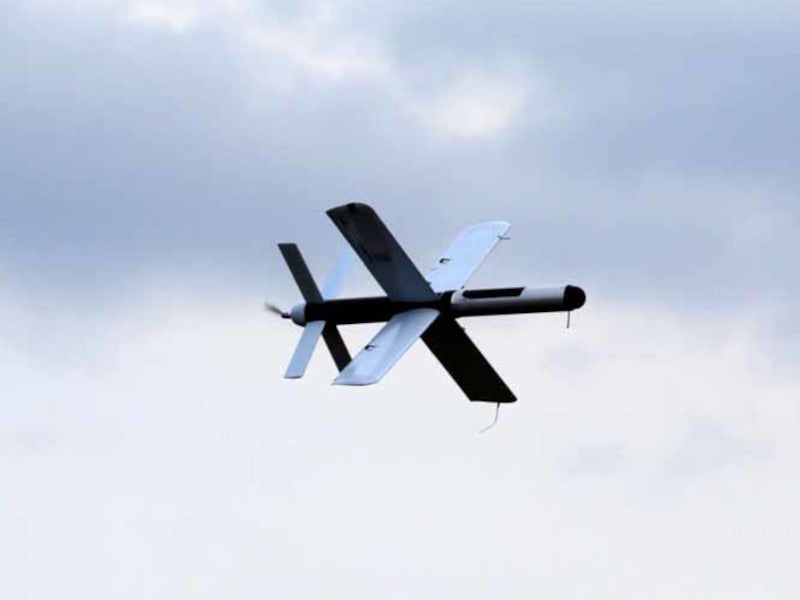
The Indian Air Force (IAF) and the Indian Army are increasingly turning their attention towards acquiring Medium Altitude Long Endurance (MALE) UAV air-launched loitering munitions from private sector companies within India. These cutting-edge munitions, currently under rigorous testing and development, promise to significantly enhance the operational capabilities of India’s armed forces.
Loitering munitions often referred to as “kamikaze drones” or “suicide drones,” are a hybrid between a missile and a UAV. They are designed to loiter in the airspace around a target area for an extended period, identify high-value targets, and then attack with precision. The canister air-launched versions of these munitions are notable for their innovative deployment method and operational flexibility.
Continue readingSOURCE: IDRW.ORG.
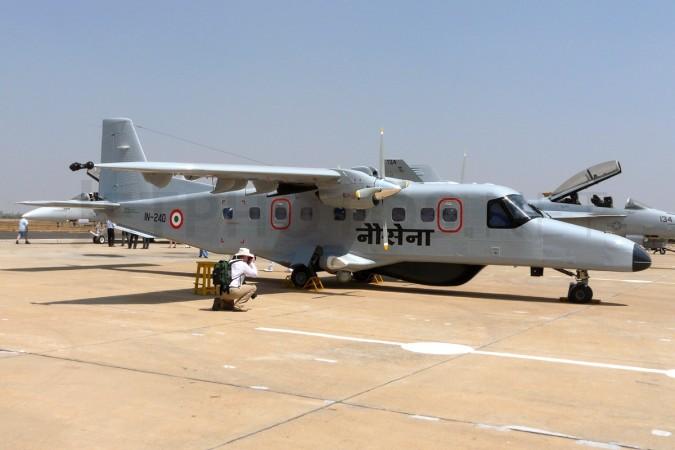
India’s defense research agency, the Defence Research and Development Organisation (DRDO), is making strides in aerial surveillance with the development of a high-resolution radar for Dornier-228 aircraft manufactured by Hindustan Aeronautics Limited (HAL) under license.
This X-band Synthetic Aperture Radar (SAR) utilizes microwave technology to deliver real-time intelligence to decision-makers. Its all-weather and day-night operation capabilities make it a valuable asset for various missions.
Continue readingSOURCE: IDRW.ORG.

The Indian Army has developed a resourceful and innovative solution to enhance its anti-tank capabilities. They have modified a tractor to serve as a mobile launcher for Konkurs-M anti-tank guided missiles (ATGMs). This ‘Jugad’ (Hindi for ingenious improvisation) creation, named the Improvised Tractor Mounted ATGM, can carry four ATGMs for quick reloading, with one launcher mounted on the tractor itself.
The Konkurs-M missile is a second-generation, mechanized infantry weapon designed to take down armored vehicles, including those equipped with explosive reactive armor. Offering versatility, it can be launched from both BMP-II tanks and ground launchers. With a range of 75 to 4,000 meters and a flight time of 19 seconds, the Konkurs-M provides a significant advantage in engaging enemy armor.
Continue readingSOURCE: IDRW.ORG.

The Indian Air Force (IAF) received a significant boost with the swift delivery of 15 RD33 series engines by Hindustan Aeronautics Limited (HAL) within a month of signing the contract. This rapid turnaround underscores the priority placed on upgrading the IAF’s MiG-29 fleet.
The Rs 5300 crore contract marks a major step towards modernizing the IAF’s fighter jets. The RD33 engines are expected to significantly enhance the performance and lifespan of the MiG-29UPG aircraft, bolstering India’s air defense capabilities.
Continue readingSOURCE: RAUNAK KUNDE / NEWS BEAT / IDRW.ORG
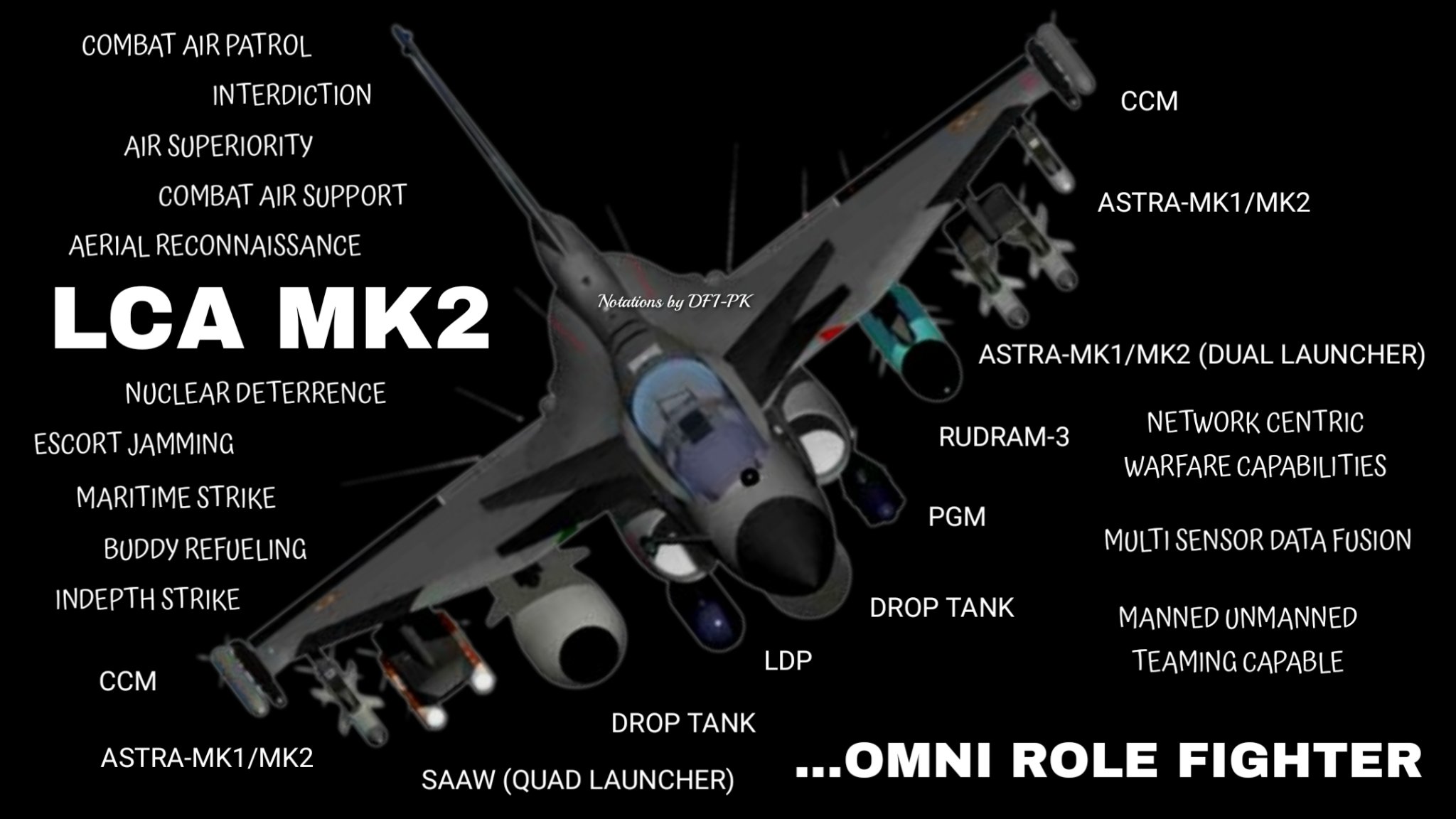
The aerial landscape of the subcontinent is witnessing an escalation as Pakistan reportedly eyes an additional 14 Chengdu J-10CE “Vigorous Dragon” multi-role fighters. This move comes after India’s acquisition of the Rafale fighter jet, potentially aimed at achieving parity in the region.
While the Pakistan Air Force (PAF) has lauded the J-10CE as comparable to, and in some claims superior to, the Rafale, such assertions are met with skepticism. Indian defence experts argue that the forthcoming Tejas MkII will not only match but surpass the capabilities of the J-10CE and the F-16 Block-52, another mainstay of the PAF.
Continue readingSOURCE: RAUNAK KUNDE / NEWS BEAT / IDRW.ORG
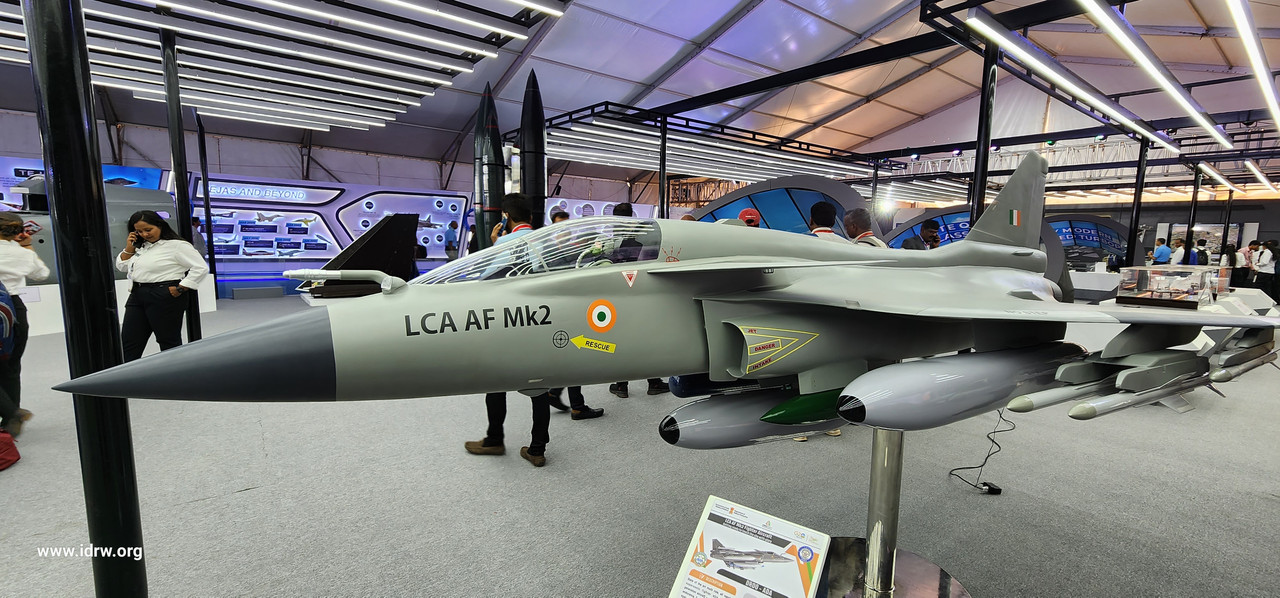
The Tejas MkII fighter jet, India’s next-generation light combat aircraft, boasts a significant upgrade in its radar capabilities. Tejas MkII fighter jet will be the first Indian-made fighter jet that will be equipped with an upgraded Uttam Active Electronically Scanned Array (AESA) Fire Control Radar (FCR).
This new radar system, mounted on a rotating repositioner or swashplate, marks a pioneering development in India’s fighter jet program. Unlike the fixed AESA radar featured in the Tejas Mk1A, this innovation provides enhanced battlefield awareness and operational versatility.
Continue readingSOURCE: RAUNAK KUNDE / NEWS BEAT / IDRW.ORG

A high-level Indian Air Force (IAF) delegation, led by Assistant Chief of the Air Staff (Intelligence) Air Vice-Marshal Ichettira Iyappa Kuttappa VM VSM, arrived in Nay Pyi Taw, Myanmar, on May 13th for the 6th Myanmar Air Force-Indian Air Force Air Staff Talks.
This visit comes amidst a backdrop of increasing attacks on Myanmar airbases by resistance groups using drones. Notably, the strategically important Aye Lar airbase, which houses jet fighters, VIP transport planes, and other military aircraft, has been targeted twice in recent months.
Continue readingSOURCE: IDRW.ORG.
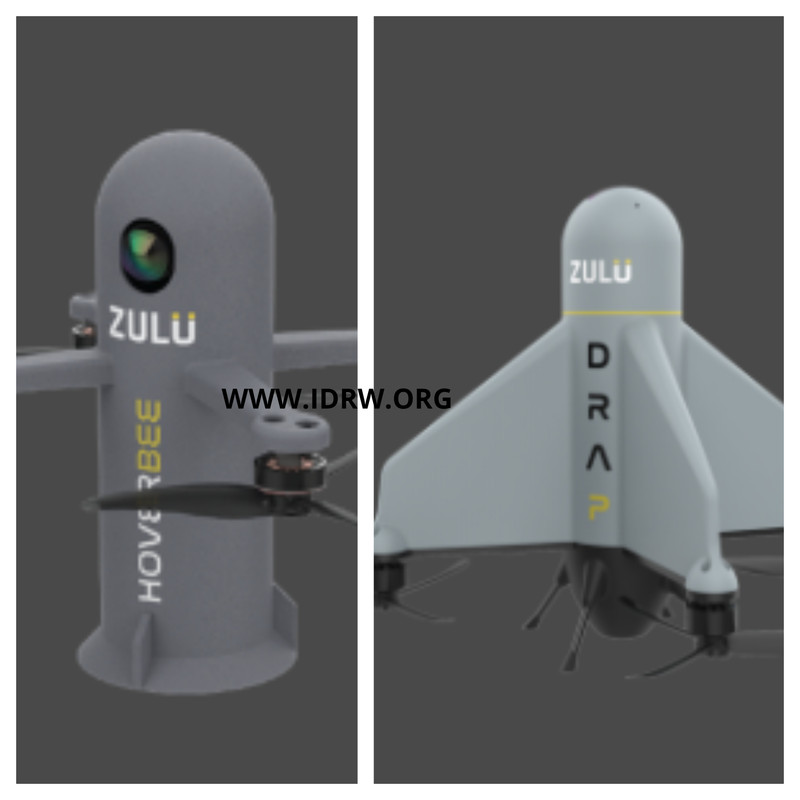
Bengaluru-based Zulu Defence Systems Private Limited is making waves in the Indian defense sector with two innovative technologies: DRAP and HOVERBEE.
DRAP stands for “Deployable Recce & Attack Platform.” This revolutionary system is a hovering munition, essentially a flying weapon, powered by computer vision. With a payload capacity of up to 5kg, DRAP can carry various warheads and fuse options, offering a versatile solution for modern warfare. The computer vision guidance system suggests a high degree of autonomy and precision in target acquisition and engagement.
Continue reading